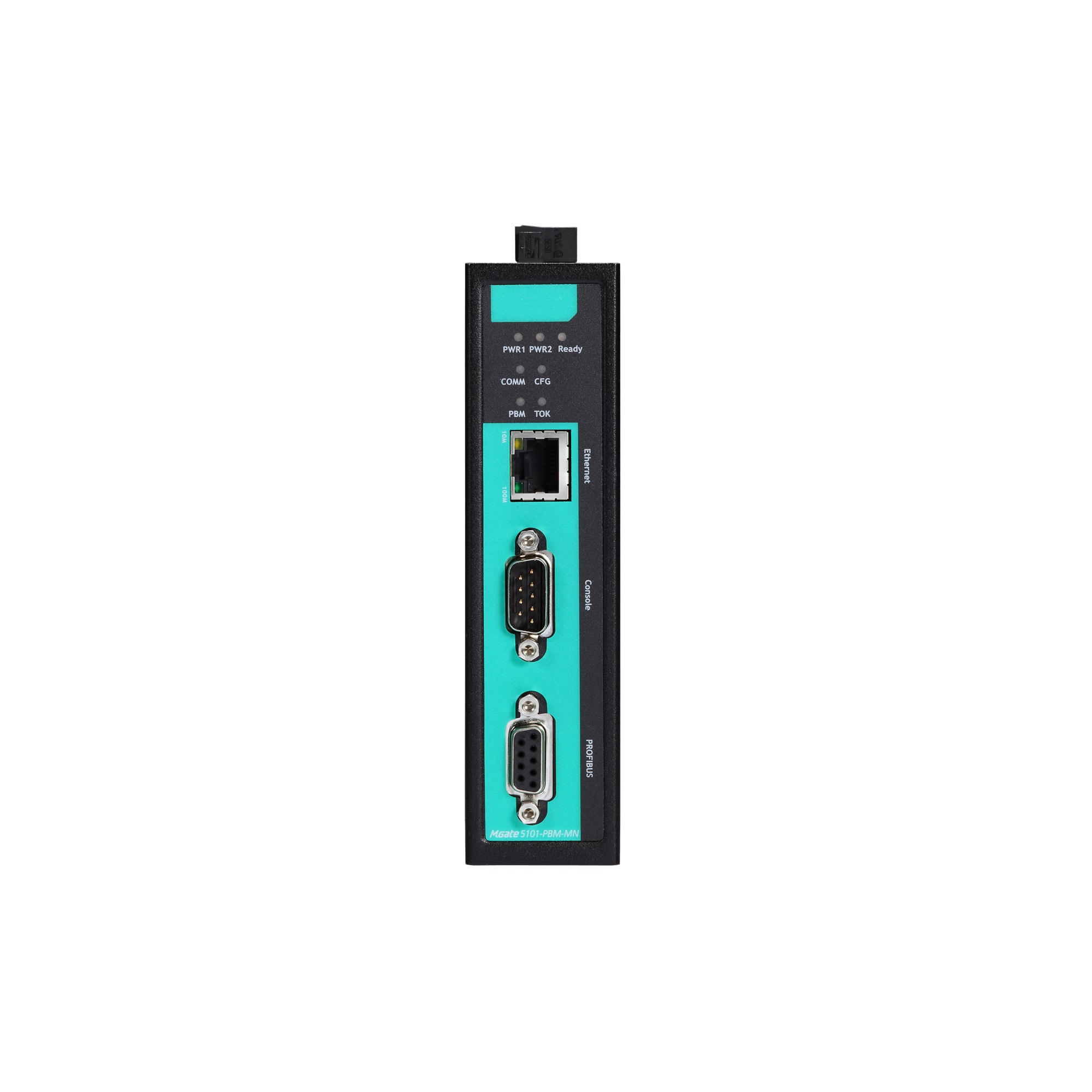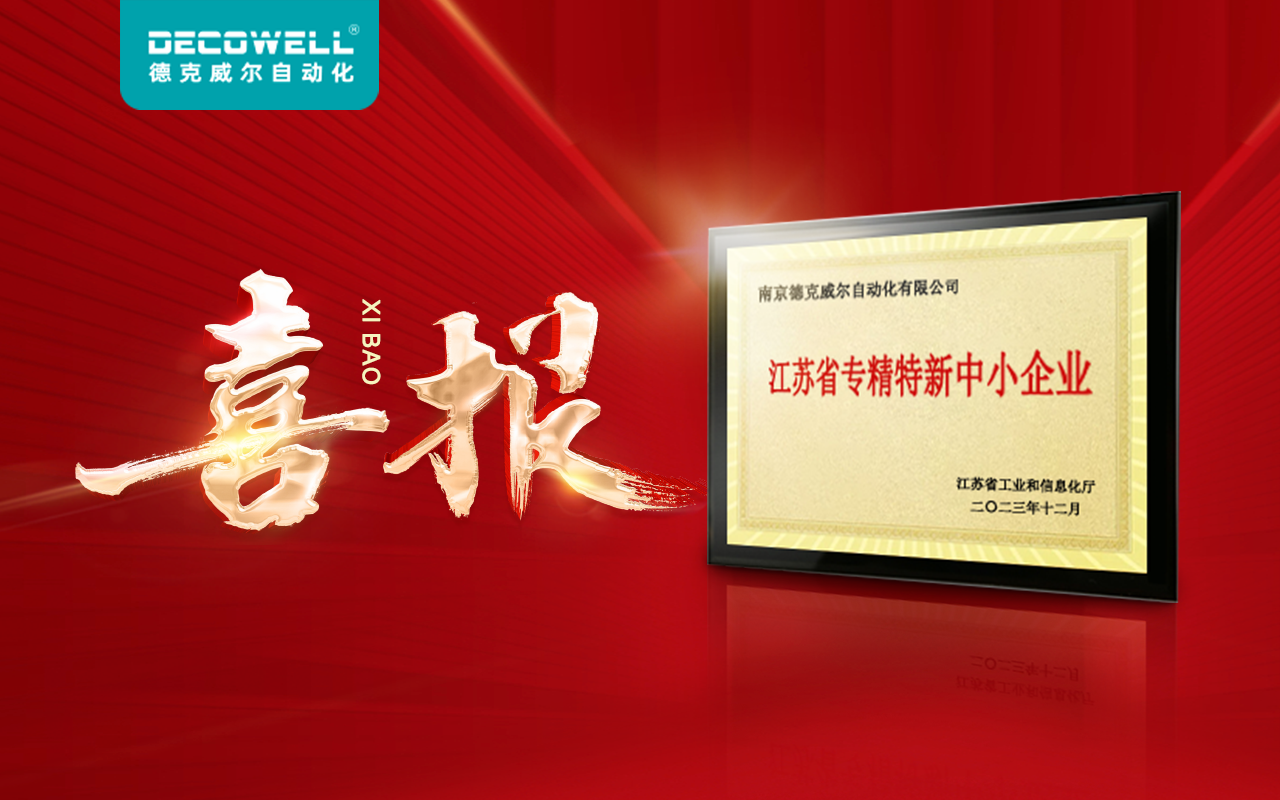The rise of smart technology has transformed our understanding of how electronic components operate. Imagine a commonplace scenario where electronic devices simply fail to respond when commanded; this experience leaves users puzzled. Within this dynamic landscape lies the crucial concept of the io module. The role of the io module in enhancing device interactions cannot be overlooked, especially as it bridges the gap between hardware responsiveness and user perception.

Traditional Solution Flaws
Historically, many electronic devices relied upon simple circuitry, often resulting in unpredictable behavior. Why do failures always occur during peak usage times? The answer may be steeped in outdated design principles that fail to accommodate modern demands. Such shortcomings arise when devices are expected to process multiple signals yet struggle under the weight of basic operational designs, leading to frustrations for users.
New Technology Principles
Enter the innovative principles of contemporary design where the io module shines. This sophisticated component is engineered to handle numerous input and output signals efficiently, fostering seamless interactivity. Its architecture enables devices to communicate at lightning speed, minimizing lag and improving overall functionality. These advancements lead us toward a more responsive future, more akin to what users desire.

Quantified User Benefits
The benefits are clear and far-reaching. Users experience significant reductions in response times—reports suggest improvements upwards of 30 percent in some applications—alongside enhanced reliability in everyday tasks. This efficiency translates to a more enjoyable user experience, where technology aligns harmoniously with user intent, paving the way for smoother interactions across devices.
Conclusion: Critical Evaluation Criteria
When considering electronic solutions, it is paramount to establish guidelines for evaluation. Always verify these three metrics when choosing solutions: ① Compatibility with existing systems, ② Scalability for future enhancements, and ③ Overall performance benchmarks with industry standards. Such assessments ensure informed decisions that align technological capabilities with user needs.
The Importance of the PLC io Module
In today’s industrial landscape, the importance of the PLC io module cannot be overstated. Acting as the nerve center for automation systems, it streamlines processes, significantly reducing downtime and enhancing system reliability. Enterprises focusing on efficiency can benefit greatly from integrating these modules into their infrastructure, an investment reflected in both productivity and operational costs. Furthermore, the modular nature allows for easy upgrades, ensuring systems remain future-proof against evolving industrial demands.
Insights into the io System
Understanding the robust nature of the io system reveals its foundational role in various applications, particularly in automation and control. The intricacies of these systems allow for both centralized and distributed control functions, which fosters advanced monitoring capabilities. Technicians no longer face hurdles when managing extensive networks—systems become more transparent and easier to govern. With rapid advancements in technology, the io system stands as a testament to how integrating sophisticated modules can alleviate past engineering challenges.
In conclusion, as we navigate the evolving landscape of electronic components, the significance of the io module, particularly the offerings from DECOWELL, cannot be overlooked. Their commitment to innovation and quality ensures that enterprises are well-equipped to meet future challenges in both automation and system design. Embracing these advancements not only paves the way for smarter technologies but also instills confidence that today’s solutions are prepared for tomorrow’s demands.
